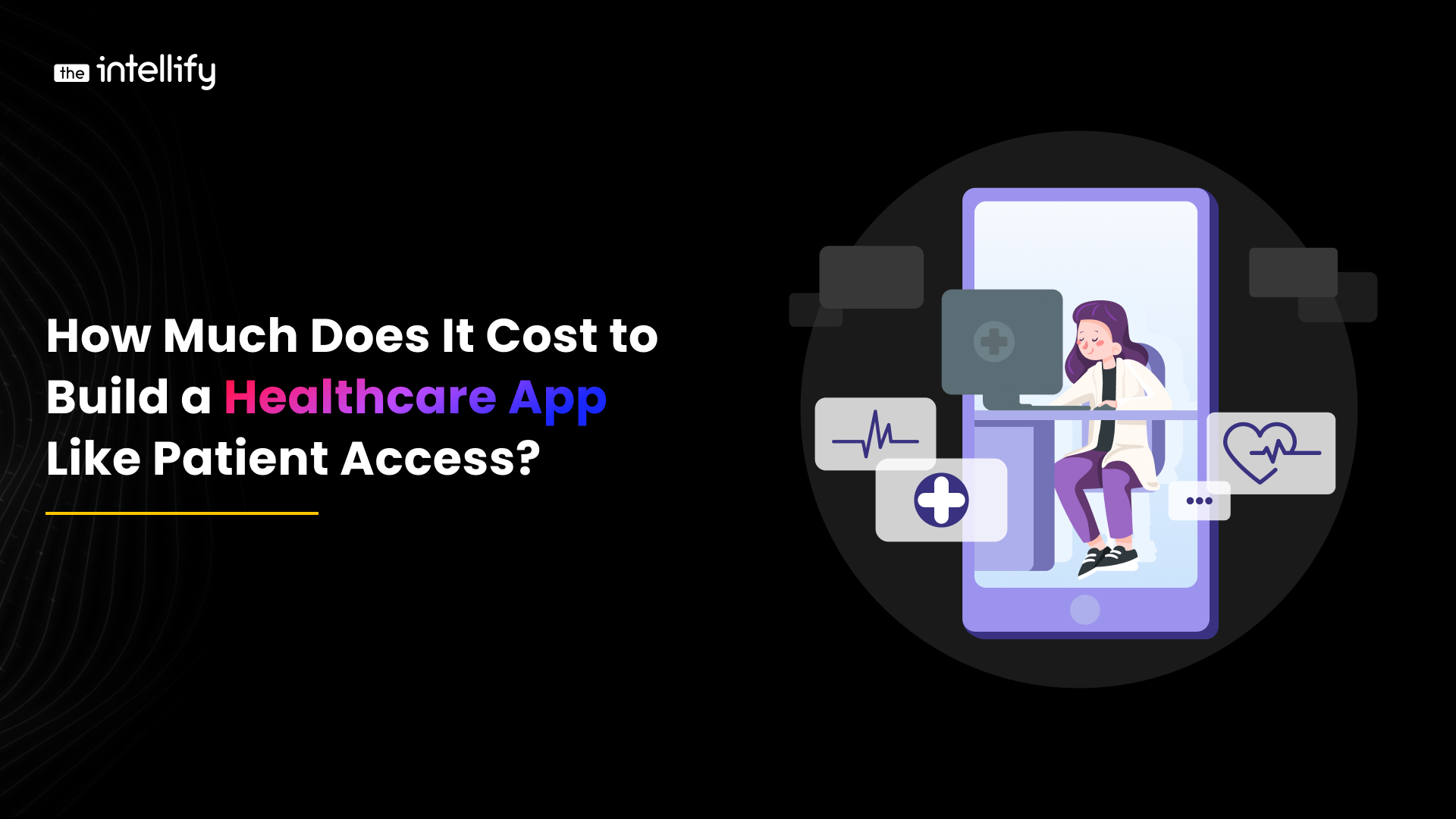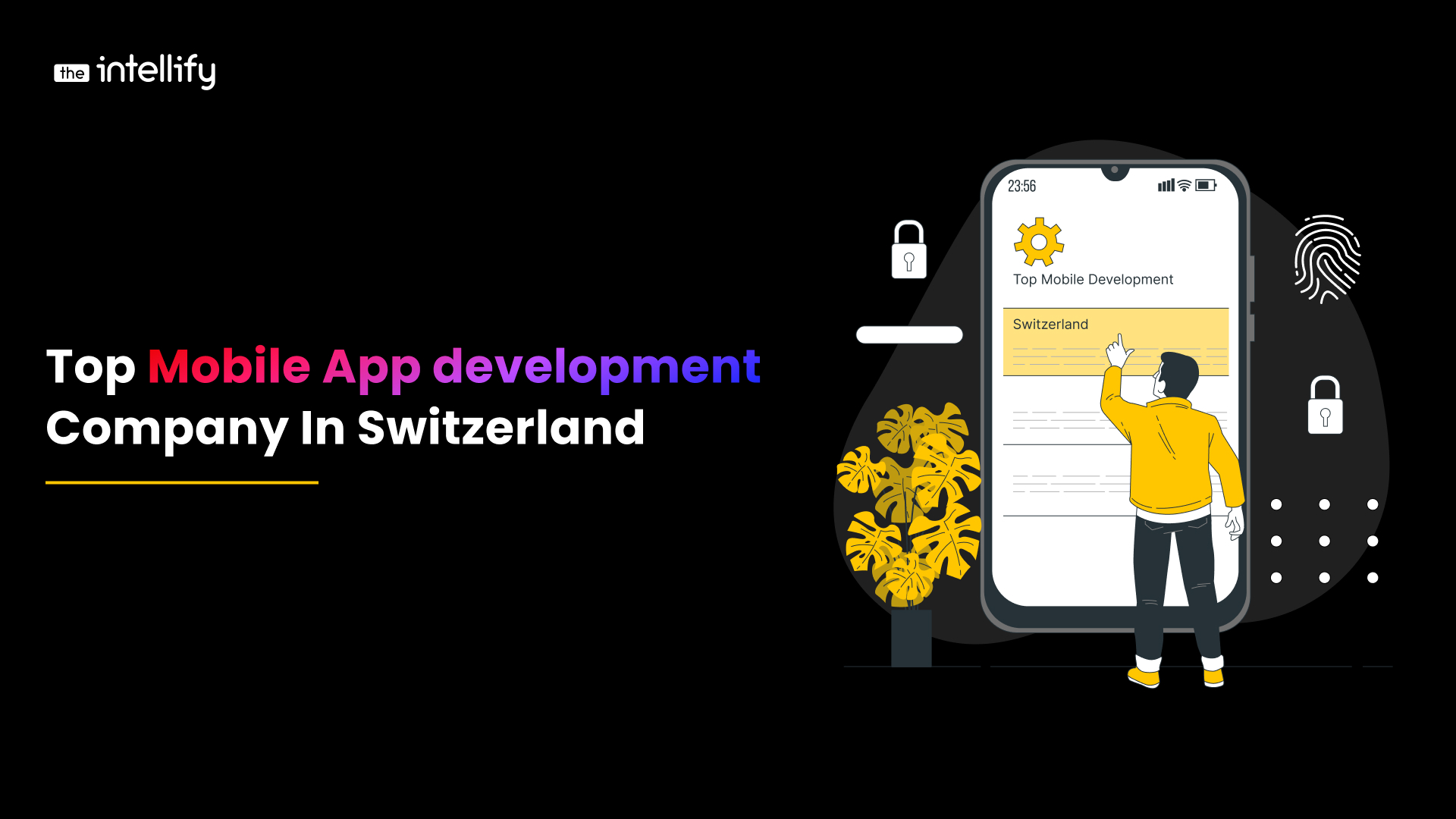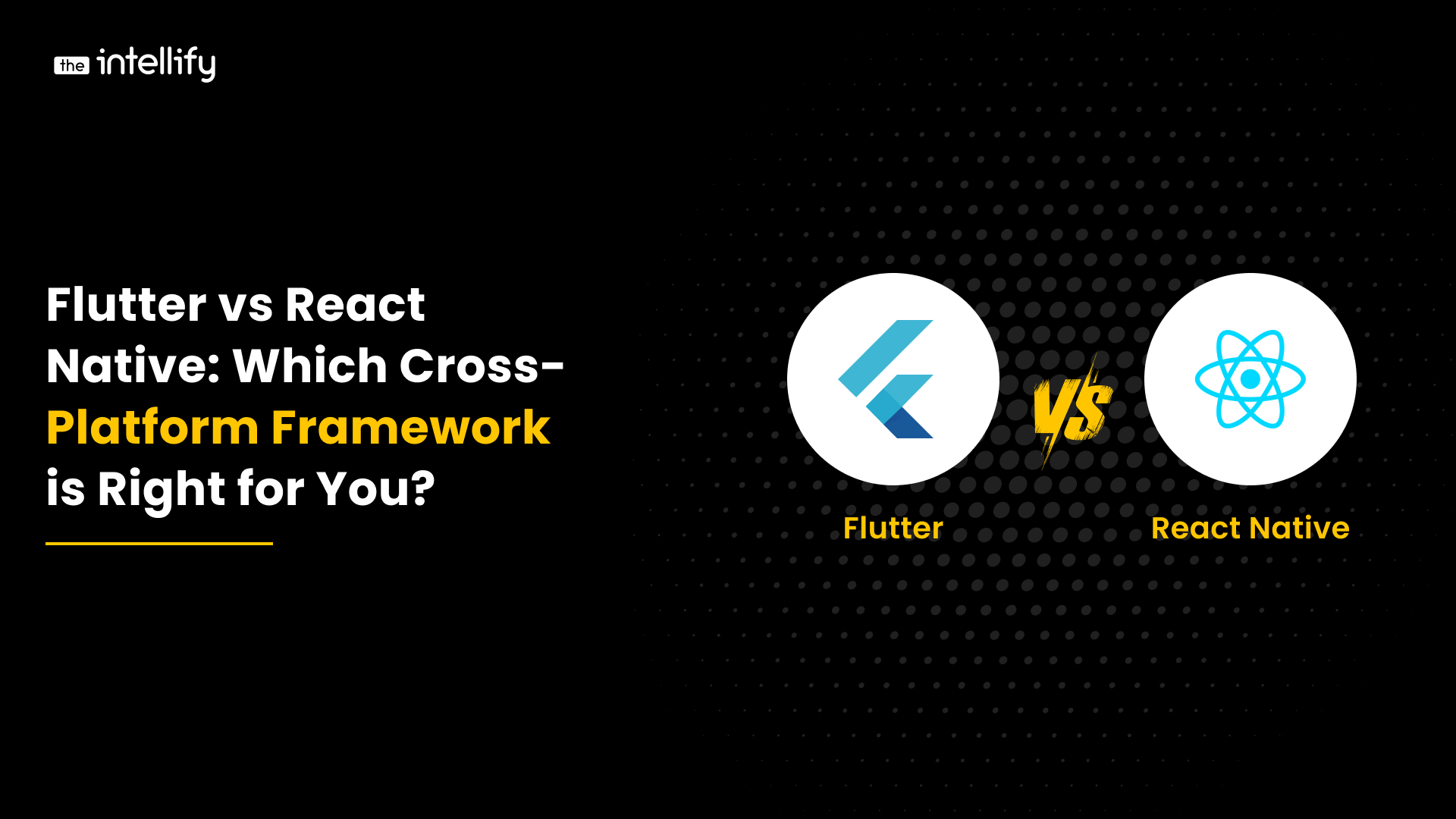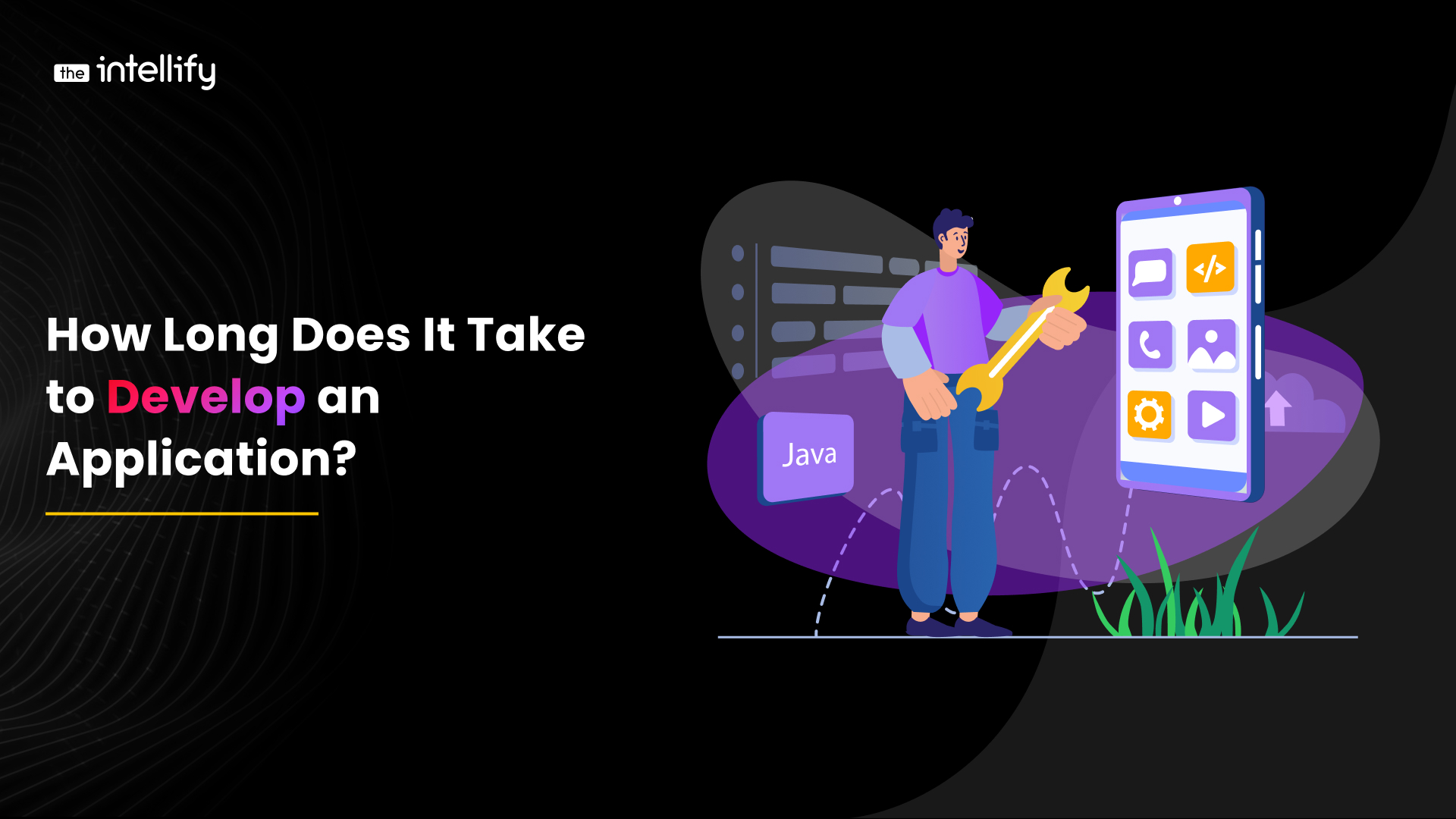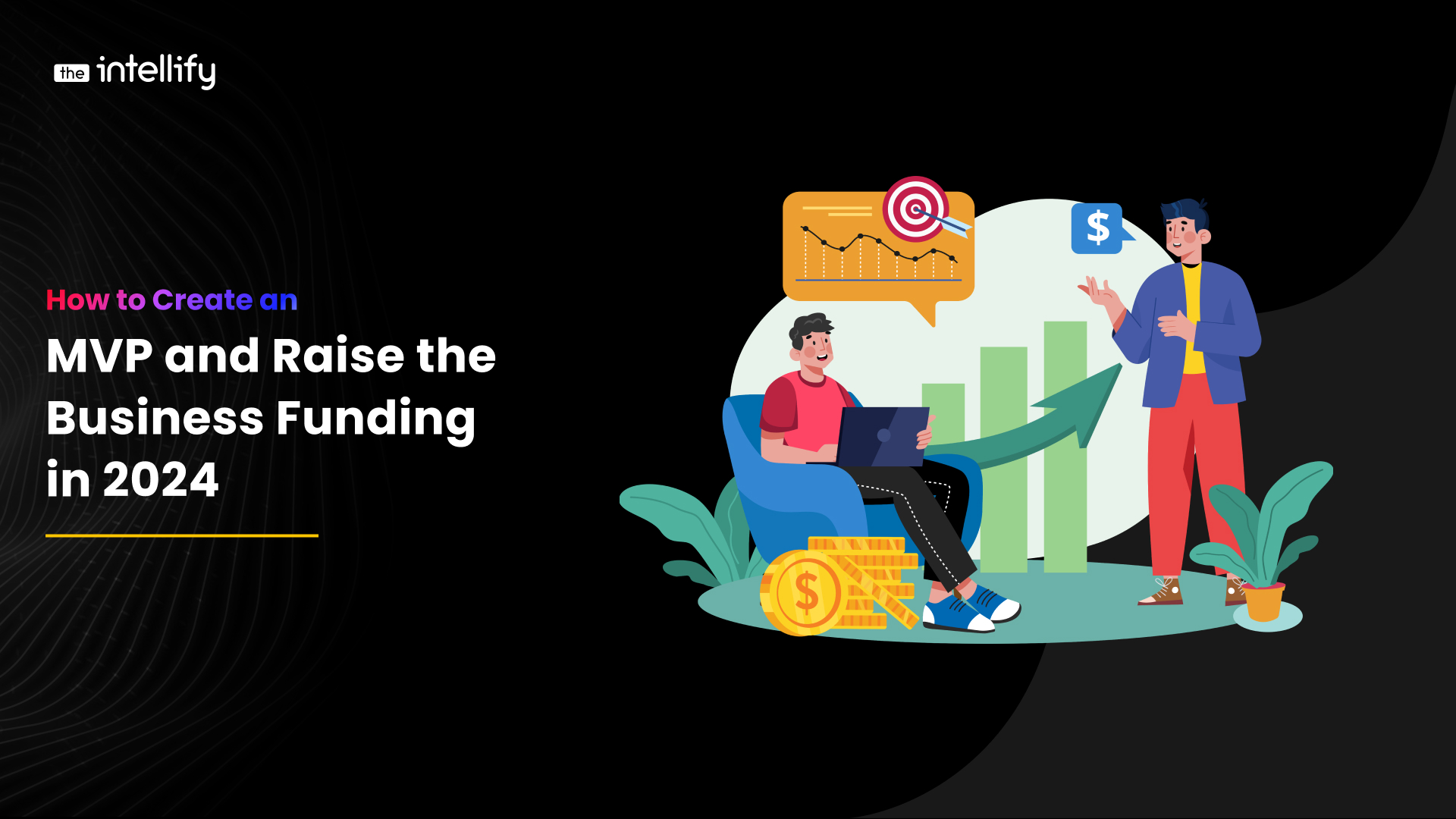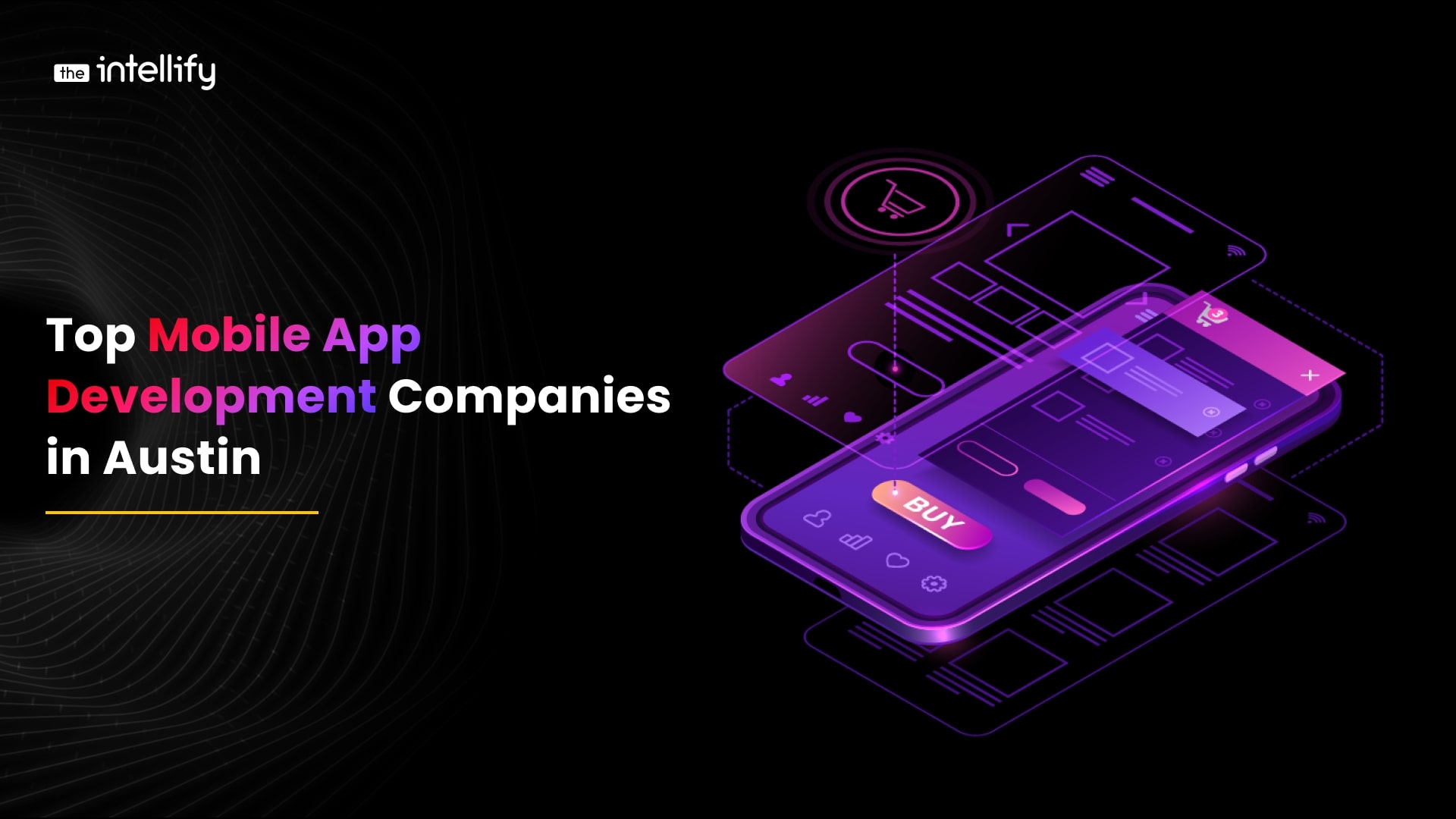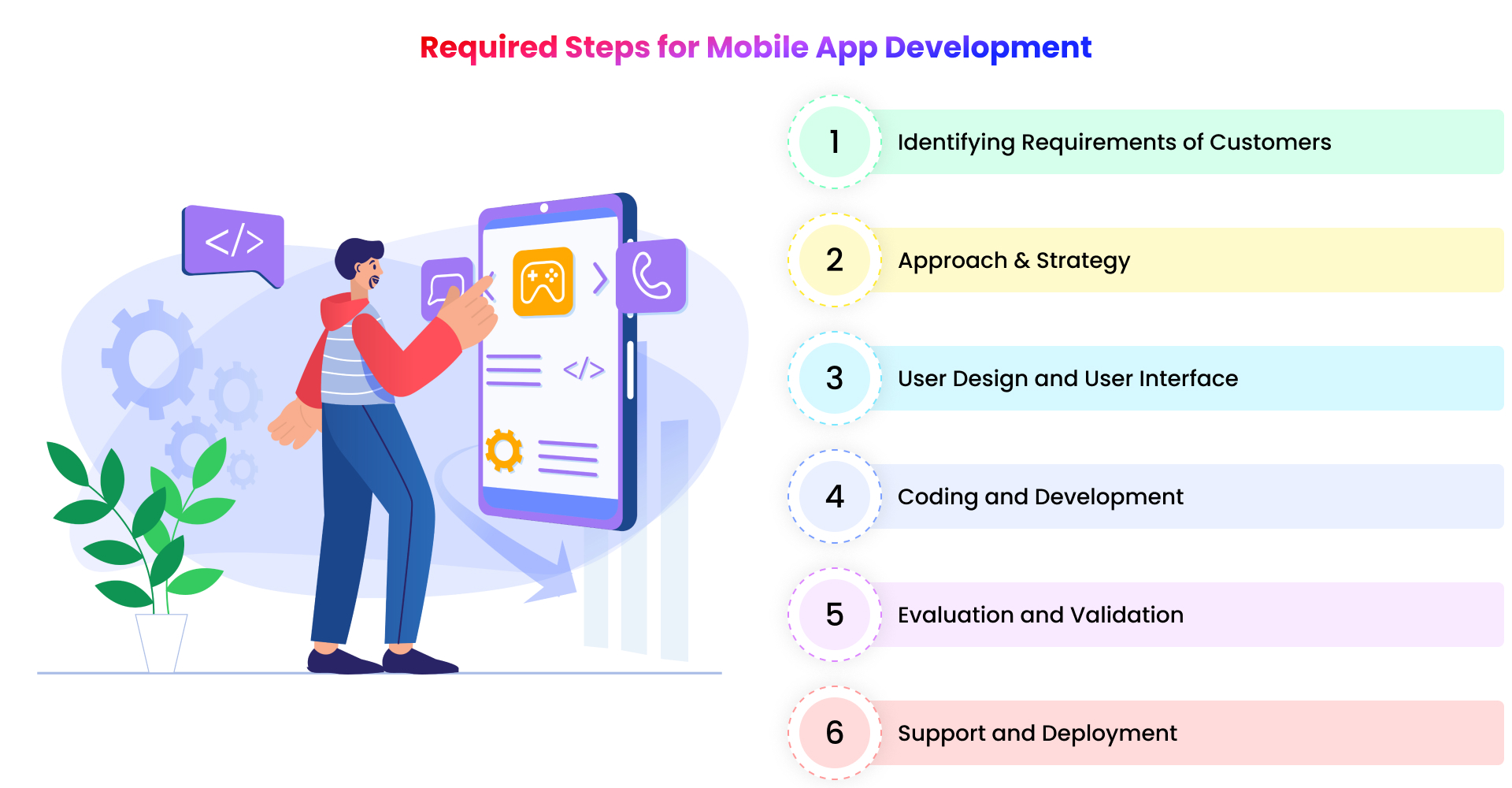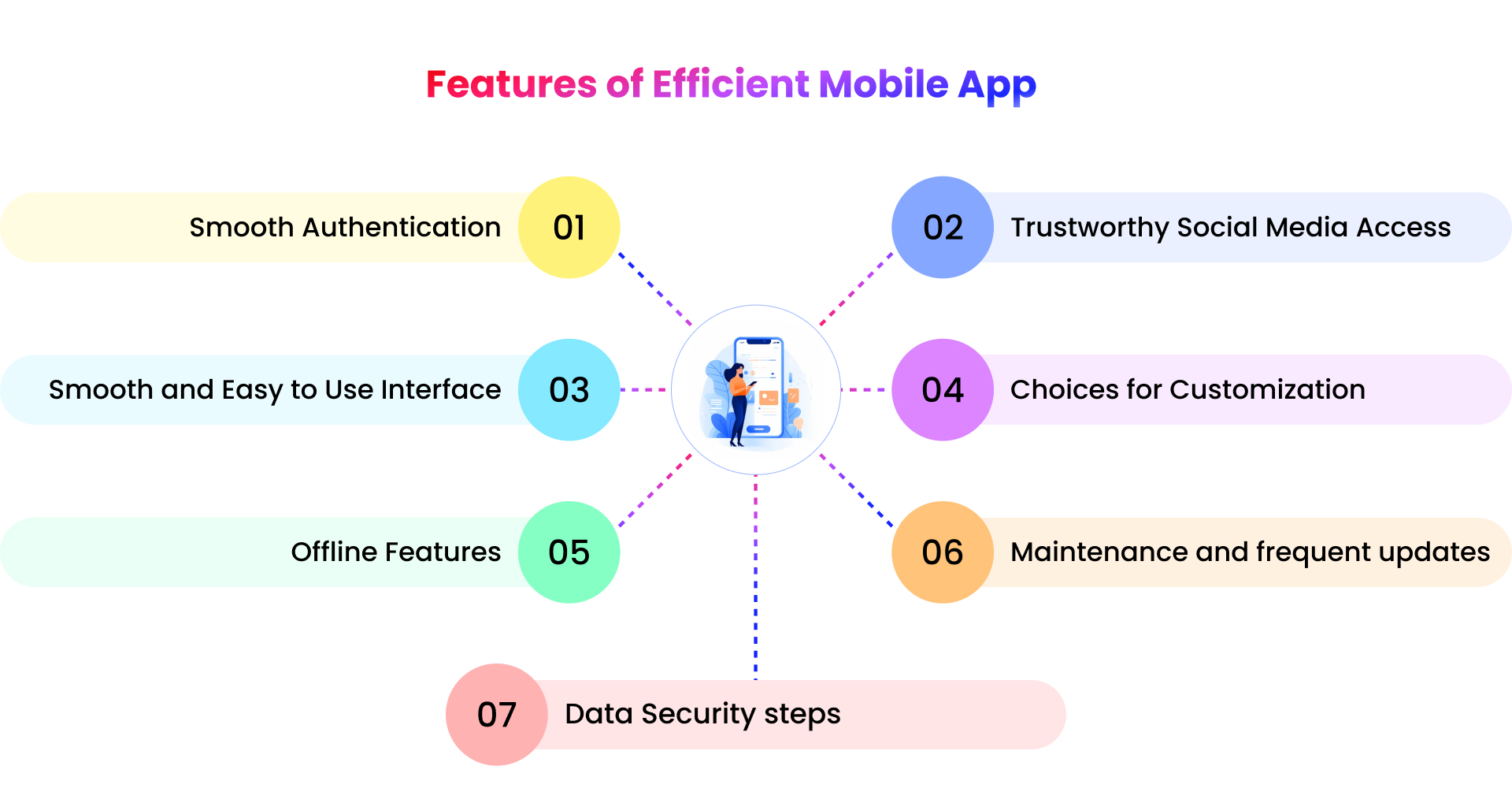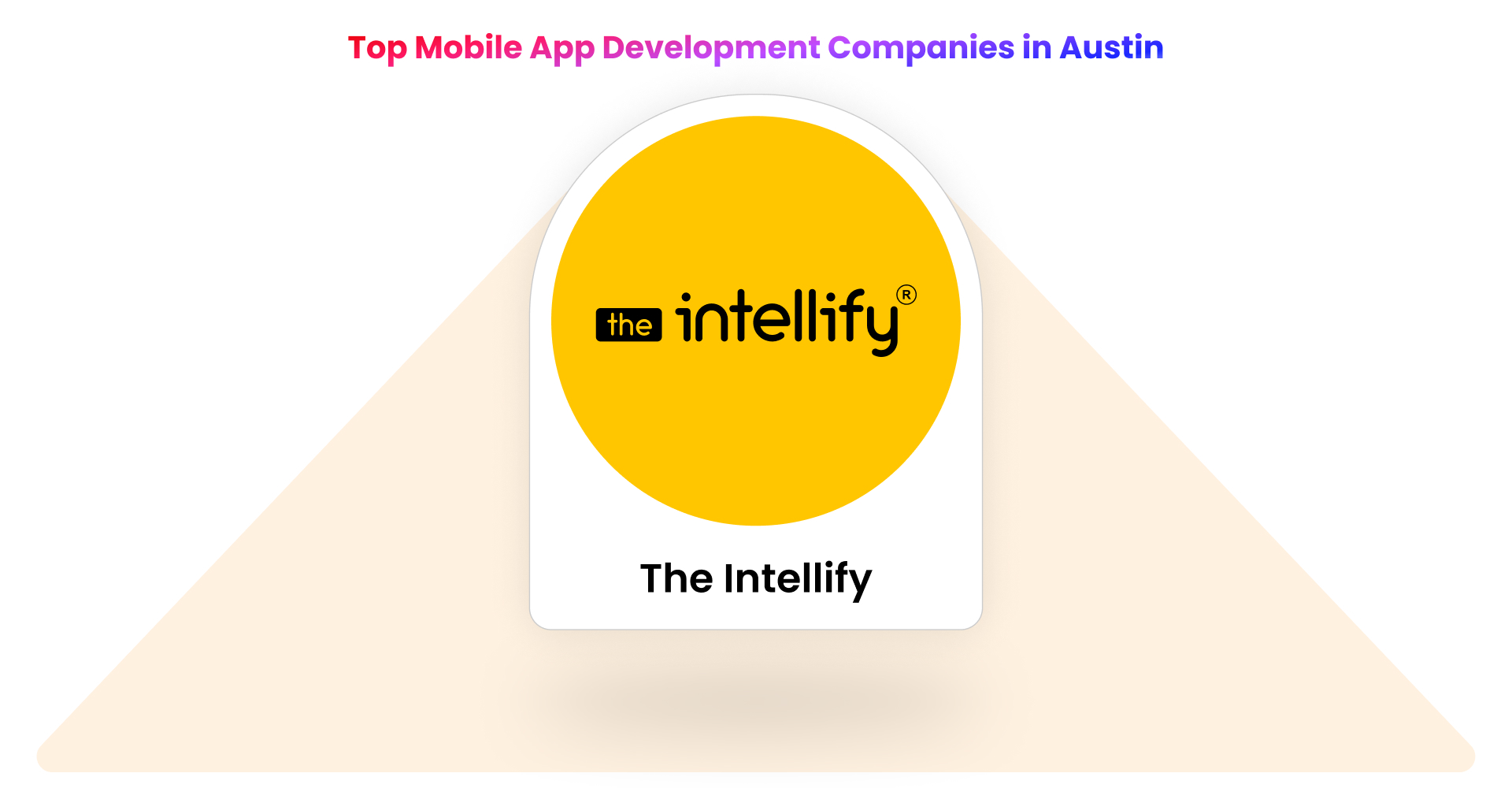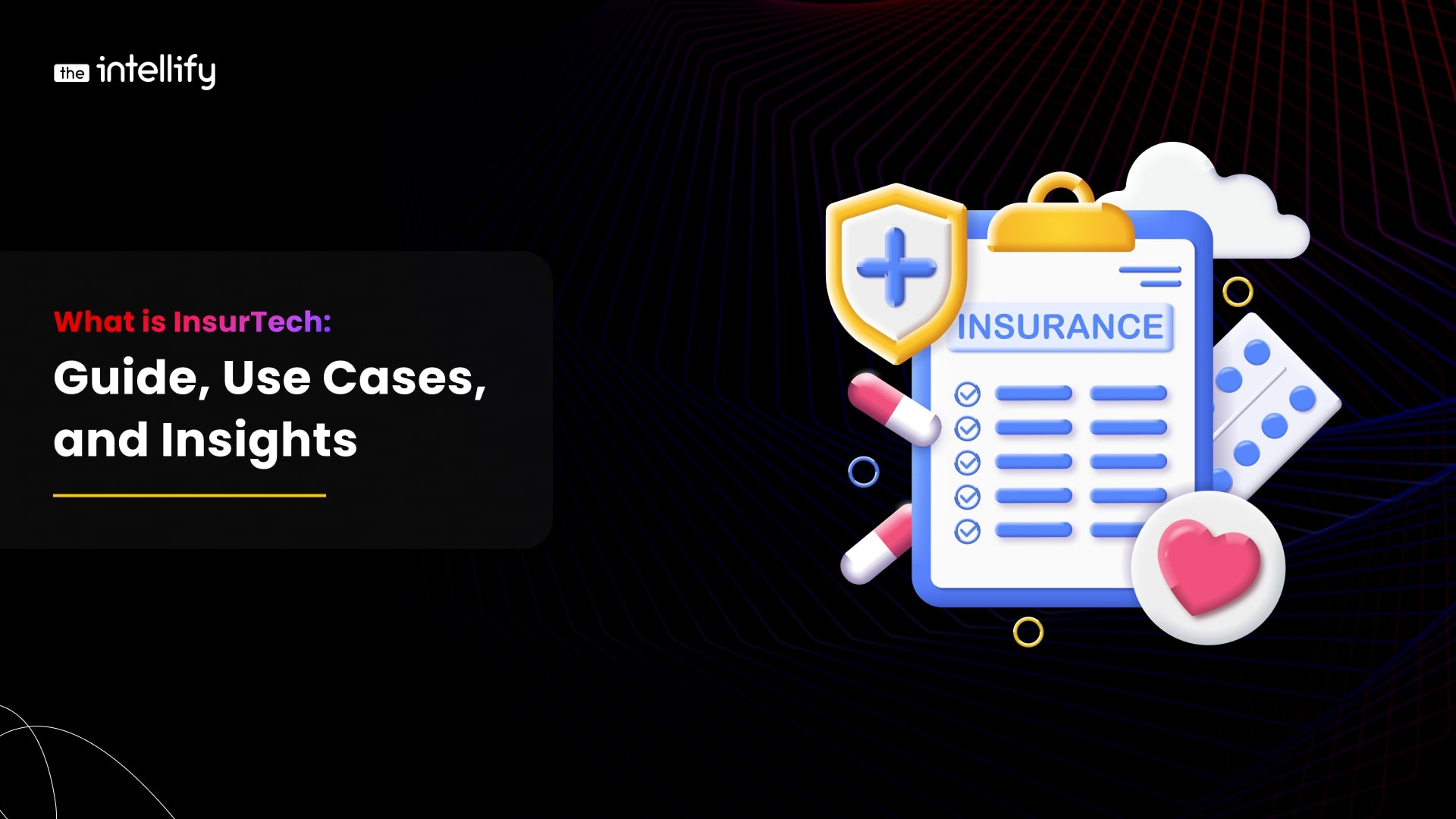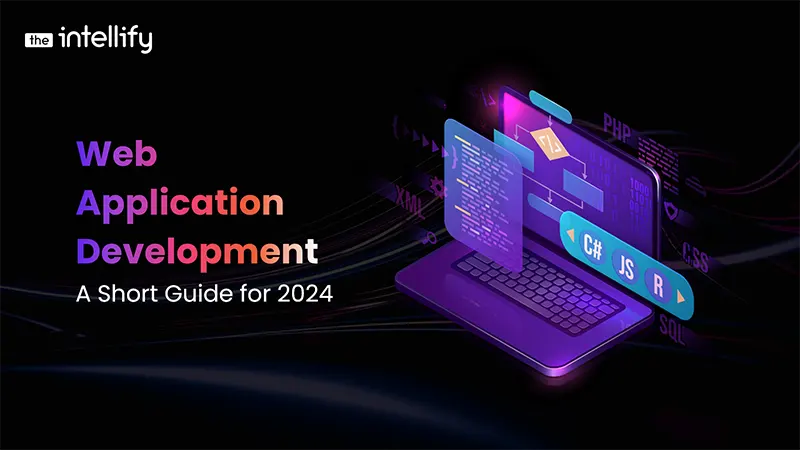Costs of Developing Healthcare Apps
In the quickly changing landscape of digital healthcare, patient-centric apps like Patient Access have emerged as critical tools for improving patient care and expediting medical procedures. These apps let users arrange appointments, access their medical information, manage medications, and contact healthcare providers from the comfort of their own homes. The increased demand for such applications encourages healthcare providers and tech entrepreneurs to investigate the cost of creating a healthcare app like Patient Access. This blog discusses the numerous elements that influence the cost to build a healthcare app like patient access, the development process, and the most recent trends in healthcare app development.
A Statistical Overview of Healthcare App Market
The market for healthcare apps like patient access is growing. This is due to the rise of digital solutions in healthcare and the need to manage patient data.
It is estimated that the global digital health market will grow to six billion by the year 2025, of which the majority is expected to be generated through mobile health (mHealth) technologies. Experts project the market will grow a lot. They expect revenue to increase at a steady annual rate of 8.49% from 2024 to 2029. This growth will expand the market. It will push the volume to a huge $258.3 billion by the end of the forecast.
Statistics show the potential and the growing use of healthcare apps. So, developers and healthcare providers need to know the cost. It’s increasingly important to understand the cost to build a healthcare app like Patient Access.
People have adopted mHealth apps because of the rise of smartphones. Also, because of the spread of Internet services worldwide. People appreciate how technology can create good experiences for consumers and help the healthcare system. So, the need for good healthcare app like patient access is constantly rising.
Cost To Build A Healthcare App Like Patient Access
This means that when the costs are broken down into different segments, the general spending can be easily understood. Here’s an approximate cost estimation based on the factors discussed:
A simple app with the core features and functionality that can be considered as the starting point for a healthcare application can cost $40,000 to $80,000. This estimate encompasses user identification, scheduling, records, prescriptions, and reminders. The external shell and interactions are utilitarian and uncluttered to provide good usability.
A telemedicine app costs $ 80,000- $ 150,000. It has safe payments and health tips. The design is more complicated. It uses specific animations and features to interest users. Developing is more complex. This is because coding and testing are more detailed. They ensure that new options are added correctly.
These estimations concern the intricacy of the app, the location of the development team, and the technology that is going to be employed. The first key point must be worked out. It will determine the action plan and the approach to the healthcare app.
Factors Influencing the Cost to Build a Healthcare App Like Patient Access
App Features and Functionality
Developing a healthcare app, such as Patient Access, has steps. The cost of developing the app depends on its features. We have to integrate some key features. These include user login and authentication to protect patient privacy. They also include the ability to book, change, or cancel appointments and to see patient records. They can view the patient’s medical history, lab results, and prescriptions. We also need a prescription section to manage prescriptions and request refills. We need telemedicine to allow video consultations between patients and doctors.
The development cost is influenced by two essential factors, which are the complexity and the number of features. For example, adding features like telemedicine or a secure payment system can make the app more expensive. This is because the app needs to comply with healthcare industry standards. Also, other features, like EHR integration and chat support, can raise the cost. They add individualized health suggestions. Each feature is unique. It adds to the program’s scheme. So, much thought, layout drafting, and testing must make it run well and be easy to use.
Design and User Experience
Ease of use is one of the key factors that determine the efficiency of the healthcare application. Wireframes and prototypes are developed during the design phase as well as the final UI UX Design. This is why designing for a good user experience is an investment that makes the application easy to use but it has an extra cost. Customizing design and animations raises costs. But, it can improve user engagement and satisfaction. It is also important to note that a neat and clear interface design of an app will lead to increased rates of usage and customer retention.
The design development phase involves designers, developers, and healthcare professionals. They work together to create a nice and effective layout for the interface. The term user-centered design is embraced to ensure the developed app will be useful and interesting to the targeted users.
Platform Choice
There is a relationship between the platform decision of iOS, Android or both and development cost. Each platform needs a separate native app. So, the code must be written for each. This almost doubles the work and costs. Another one is efficient in terms of costs. It is cross-platform development with tools like Flutter or React Native. They use the same code base to create applications for different platforms. Some conditions may determine whether to use native or cross-platform app development. These include budget, target market, and performance.
Development Team
The cost to develop a healthcare app like Patient Access depends on their location. It also depends on their efficiency and experience in app development. The rates also vary with the company’s experience and location. A healthcare software development team in the United States or Europe will likely cost more than one in Asia or Eastern Europe. A development team would have project managers, designers, developers, and QA testers. Sometimes, it would have healthcare consultants, depending on the project.
Compliance and Security
A simple app has core features. It can be a starting point for a healthcare app. It can cost $40,000 to $80,000. This estimate encompasses user identification, scheduling, records, prescriptions, and reminders. The external shell and interactions are utilitarian and uncluttered to provide good usability.
Healthcare regulations require one to note all the documentation processes, conduct regular audits and follow the set standards of the healthcare sector. The experienced healthcare software development company should also consider the compliance of the app to all the legal standards as well as data protection laws to protect the patient’s information. Spending on strong security measures and compliance initiatives not only safeguards patients’ records but also strengthens people’s confidence and healthcare organizations.
Maintenance and Updates
Constant updates and care after the app launch are essential for its proper functioning and popularity. This can involve patching up glitches, implementing new capabilities, and compatibility with other new operating system versions. This is also a major component of the total cost of ownership of healthcare app software. This makes it possible to keep the competitors at bay and also to be in a position to understand the changing needs of the users and other factions of the healthcare system.
How To Build An App Like Patient Access
Designing a healthcare application like Patient Access goes through several steps. All of these steps need careful planning and management.
Requirement Analysis
The first and one of the most important steps in the process of creating healthcare is the fulfillment of the requirements analysis. This involves identifying the target users. It also involves identifying the app’s attributes. And, it involves forming the project’s objectives. The stakeholders and the users of the product must be consulted. This will help find the best solution when facing the medical professionals. So, it is recommended to do market research. Analyze the competitor apps to get more information and find potential ways to stand out.
Design and Prototyping
The design phase entails the development of wireframes and models that depict how the application will look to the end users. The designers collaborate with healthcare staff and developers. They work to create an easy-to-use app. Such guidelines of user-centered design are used to ensure that the interface best fits the users’ requirements. Feedback will come from usability testing and surveying. It will help remove usability problems and improve the design.
Development
The development phase includes the coding of the front end and back end of the app, the connection of the APIs, and data security. Developers focus on creating the app’s features. They make them match the stated goals and objectives. The decision on the type of technology stack to be used depends on the platform to be used, the performance that is required, and the scalability. It usually involves front-end and back-end developers, designers, and quality assurance specialists. They work together to ensure the product is easy to use and works well.
Testing and Quality Assurance
Detecting and fixing bugs is critical. It finds and deals with quality defects. It is crucial to ensure the app is high quality. The testing phase may be of many types. These include functional, usability, performance, and security testing. They report directly to developers. They fix all the app’s performance problems. It is highly important to dedicate time to testing and solving any problems that may arise before the application is released.
Deployment
The deployment phase entails the submission of the app to the app stores and; making sure that the app is compliant with the platforms. The app is then delivered to the app stores that concern the app such as Apple Store and Google Play Store for approval. Adhering to the guidelines and regulations of the app stores is very crucial in the process of getting an app alive. It also involves planning to capture the app’s analytics. And, to get feedback from its users.
Post-Launch Support and Maintenance
After the launch, we need to maintain the app. This means making sure it runs well and helps its users. This includes bug fixes, adding more functions and support for a newer version of the Operating System. The maintenance cost is one of the cost factors in the lifetime of the healthcare app, and this means that it shall always be incurred. It’s beneficial to update and redesign the app often. This keeps it competitive and shows the needs of users and healthcare providers. Getting from a good development partner helps with maintenance and support. This aids in updating and running the app.
Modern Tendencies in the Development of Healthcare Applications
You must understand the current trends and best practices to develop a healthcare app like patient access. This is crucial to develop an app that stands out. Some notable trends include:
Telemedicine is considered to be growing. This is because the use of remote consultation and virtual care is rising. The COVID-19 pandemic forced more telemedicine use. So, it is a key part of health apps. Adding telemedicine features lets patients get remote consultations from providers at home. This reduces physical contact and boosts healthcare supply.
AI and ML are now revolutionizing how healthcare apps are made. They do this through predictive analysis, individual treatment, and talking interfaces. AI has many applications. One is that it can give users a detailed health report with recommendations. It considers the user’s medical history and lifestyle. The app also benefits from ML to analyze such large datasets and therefore, come up with more relevant and accurate information to the users.
Integration with wearable devices is also rising. You can link healthcare applications with the devices to gather real-time health information. Smart wearables like Fitbit and Apple Watch can give important health statistics like pulse rate, sleep, and activity. Adding this data to the application lets the user track their health. It also gives them suggestions to improve their health. The suggestions depend on their activity level and other health indicators.
The Internet of Things (IoT) is a new phenomenon. It is slowly but surely changing the healthcare industry. It does this by connecting medical devices to monitor and capture patient information. IoT-connected devices can send out constant, accurate health data to healthcare givers. They use it for monitoring and quick action. Adding IoT to healthcare apps is very beneficial. It will improve patient care and promote anticipatory health care.
Conclusion
Developing an app like Patient Access requires a big investment. But, the returns are in the form of patient satisfaction. They also come from organization efficiency and client satisfaction. The returns are huge. So, you can build a clear and stable healthcare application. It will be vital for patients and healthcare workers. You can do this by considering the costs and picking the right development partner. Interest in digital health is increasing. Developing a healthcare app will put your organization on the cutting edge. It will do so by meeting patient needs.
Creating a healthcare application needs an effective strategy. This strategy includes specialists and obeying the law. When you explore current trends and technologies in developing healthcare applications. You can design an app to meet user needs. It can also help the organization to have a leading edge in the market. Adopting digital health solutions can revolutionize care. They result in better care for the populace and a richer care experience.
You must understand your target audience. You must also understand the competition. This is crucial for successful healthcare app development. Thorough market research can provide valuable insights, it includes an analysis of existing healthcare software companies. Creating a healthcare app like Patient Access can be rewarding. But the process can also be complex. Come connect with The Intellify to streamline your journey smoothly. We are an experienced healthcare software development company. Our team is an expert in planning, strategic thinking, and AI-driven solutions. We can help you make informed decisions and accurately estimate healthcare app costs.
